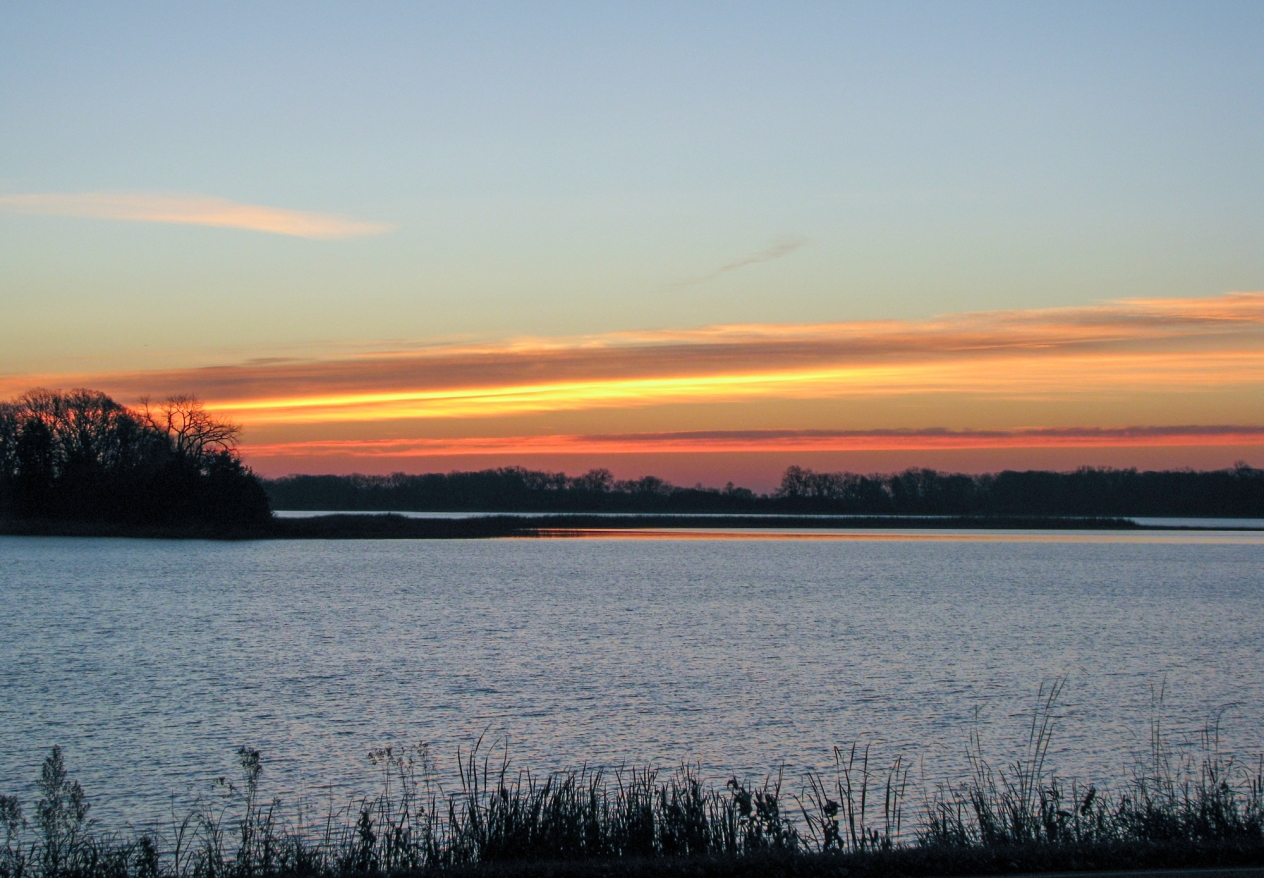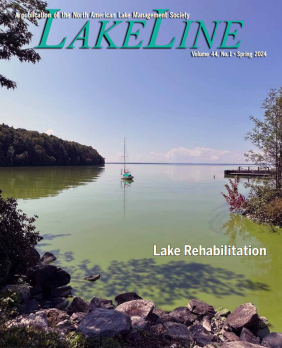
LakeLine magazine brings watershed expertise to a broader audience
Twenty years ago, Minnesota took a step toward a cleaner environment when the MPCA first removed a lake from its list of polluted bodies of water in the state. Since then, more than 60 other lakes also have returned to health, according to a recent article detailing the agency’s success in this area.
Four MPCA scientists — Jeff Strom, Amy Timm, Jesse Anderson, and Scott MacLean — wrote the article for the Spring 2024 issue of LakeLine magazine, a publication of the North American Lake Management Society.

The article, Twenty years of lake nutrient impairment: Delistings in Minnesota, describes how lake monitoring, assessment, and repair work are relatively recent ideals. From 2002 to 2022, the MPCA used scientific standards to check the health of about 3,500 lakes and found about 20% of them qualified as “impaired.”
When the MPCA categorizes a lake as impaired, that typically means it has too much phosphorus and algae that make it unsuitable for recreation. The MPCA then compiles a list of impaired bodies of water in the state and sends it to the U.S. Environmental Protection Agency every other year.
Since 2004, 64 lakes that made the journey onto that list were able to get back off it, including 15 lakes that the MPCA removed from the list in 2024. In late April, with the EPA’s approval of that list, the MPCA marked the 100th total body of water — including lakes, streams, and rivers — that it removed from the list since the agency started it.
The MPCA scientist-authors identified funding as one part of the lakes’ roadmap back to health, pointing out that Minnesota’s spending to implement the agency’s plans doubled during the past two decades: from less than $200 million to about $400 million per year in the early 2020s.
To make the best use of those funds, the team studied which techniques have proven most effective for different geographies and landscapes. Among those are: stormwater ponds, increased street sweeping, wetland restoration, feedlot runoff improvements, septic system upgrades, reduced tillage, and critical area plantings. The picture they paint is one of collaboration, a wide spectrum of participation in which Minnesota residents do their part.
The report sees Minnesota on an upward trend toward cleaner lakes. But it isn’t without hard work; with timelines measured in years, restorations require considerable investment. As these MPCA scientists report, there are no quick fixes or magic bullets.